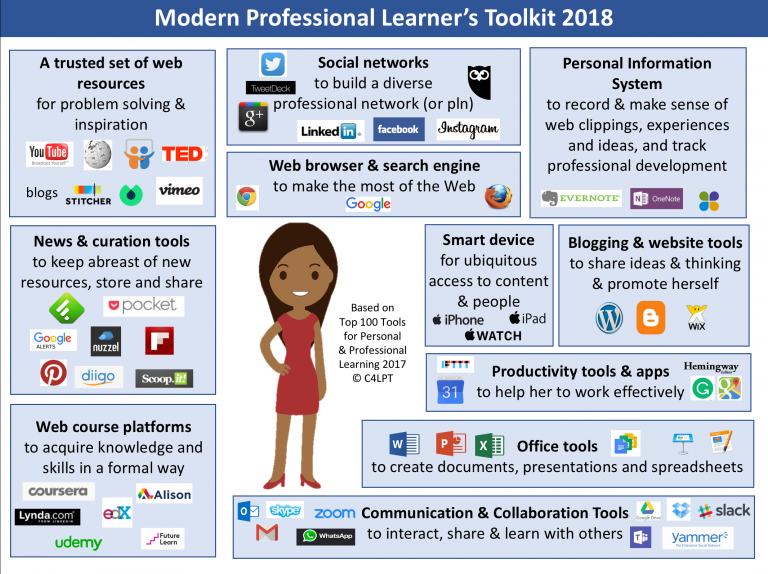Given my reflections on the past year, it’s worth thinking about the implications. What trajectories can we expect if the trends are extended? These are not predictions (as has been said, “never predict anything, particularly the future”). Instead, these are musings, and perhaps wishes for what could (even should) occur.
I mentioned an interest in AR and VR. I think these are definitely on the upswing. VR may be on a rebound from some early hype (certainly ‘virtual worlds’), but AR is still in the offing. And the tools are becoming more usable and affordable, which typically presages uptake.
I think the excitement about AI will continue, but I reckon we’re already seeing a bit of a backlash. I think that’s fair enough. And I’m seeing more talk about Intelligence Augmentation, and I think that’s a perspective we continue to need. Informed, of course, by a true understanding of how we think, work, and learn. We need to design to work with us. Effectively.
Fortunately, I think there are signs we might see more rationality in L&D overall. Certainly we’re seeing lots of people talking about the need for improvement. I see more interest in evaluation, which is also a good step. In fact, I believe it’s a good first step!
I hope it goes further, of course. The cognitive perspective suggests everything from training & performance support, through facilitating communication and collaboration, to culture. There are many facets that can be fine-tuned to optimize outcomes.Similarly, I hope to see a continuing improvement in learning engineering. That’s part of the reason for the Manifesto and the Quinnov 8. How it emerges, however, is less important than that it does. Our learners, and our organizations, deserve nothing less.
Thus, the integration of cognitive science into the design of performance and innovation solutions will continue to be my theme. When you’re ready to take steps in this direction, I’m happy to help. Let me know; that’s what I do!

